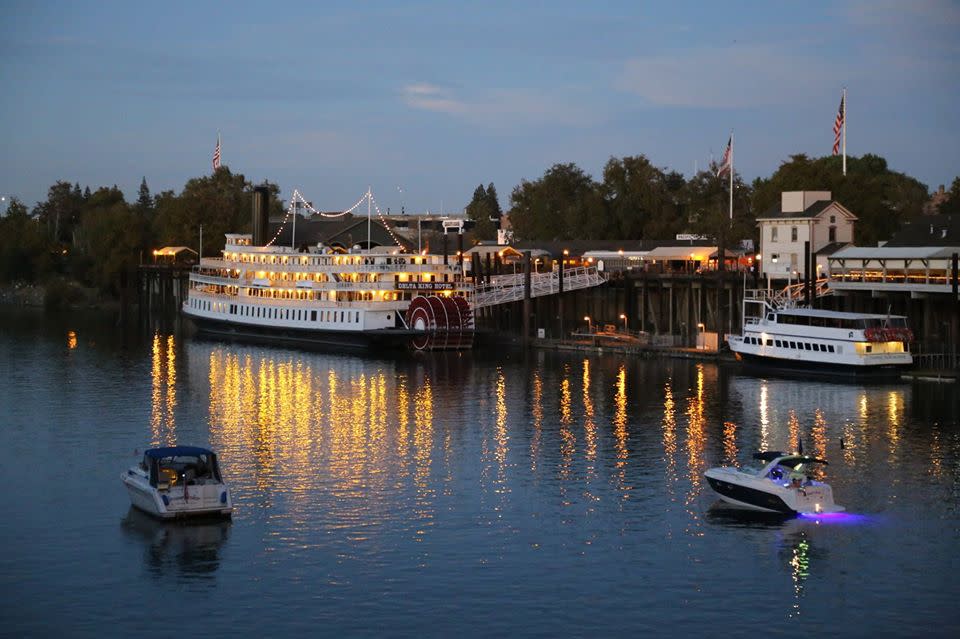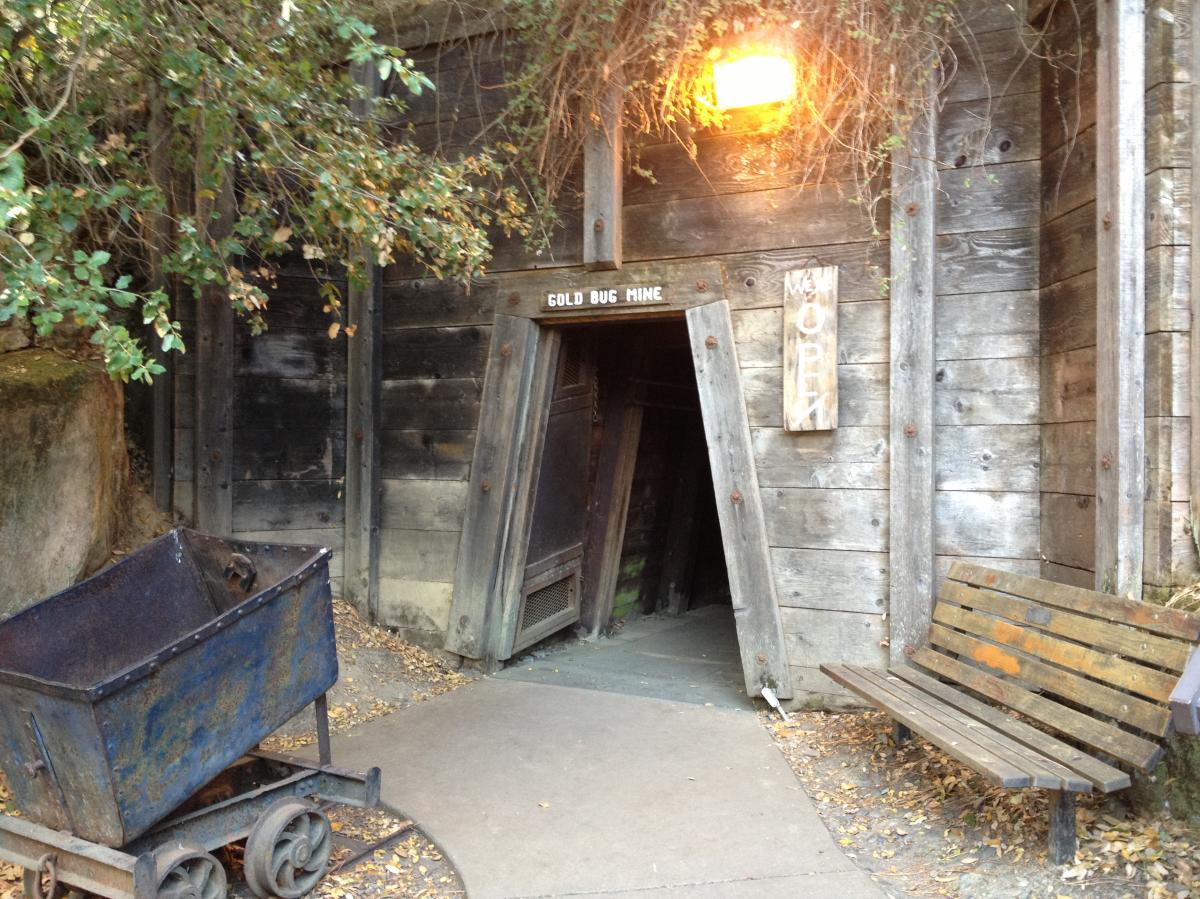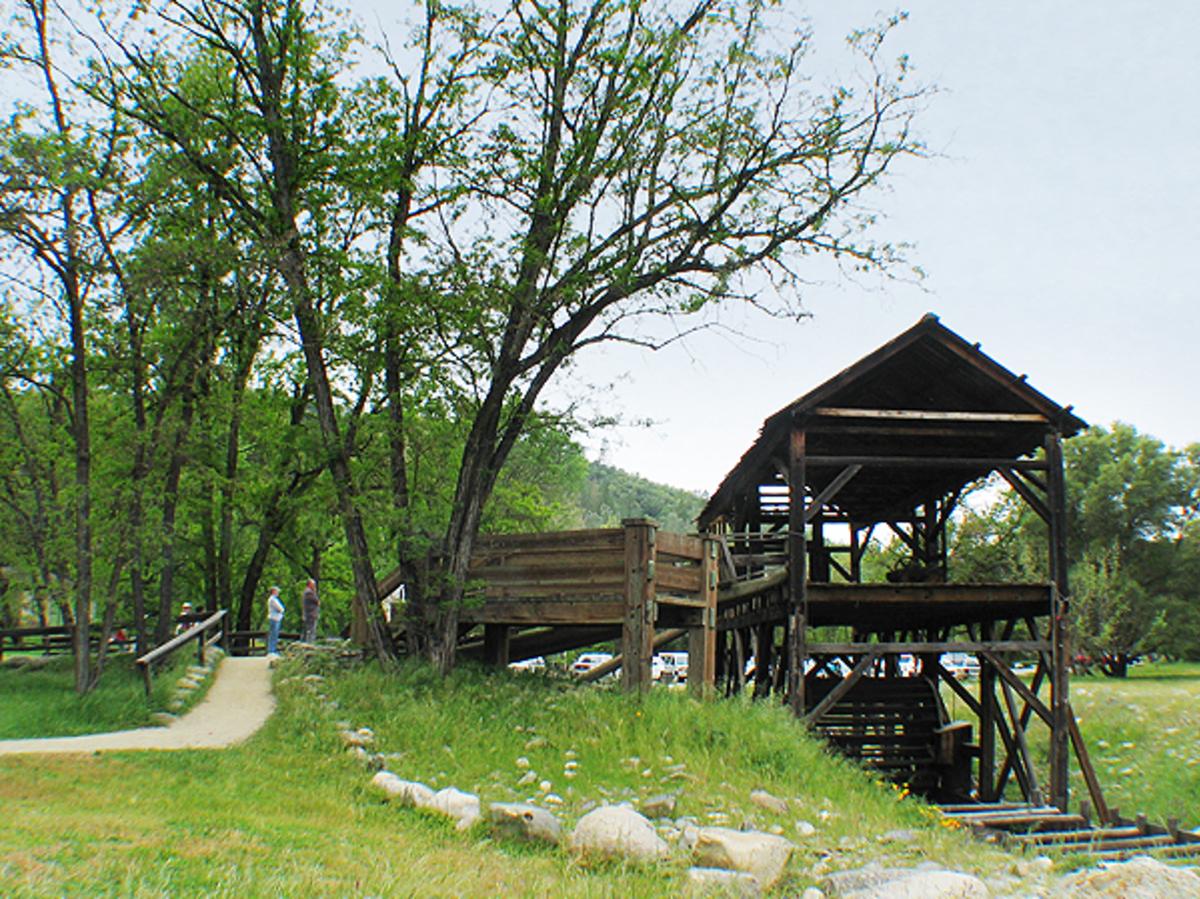Sacramento sits in the heart of California Gold Country, which is the perfect road trip area for those who enjoy scenic drives, quaint towns and excellent food steeped in the lore of one of the most impactful events in United States history: the California Gold Rush.
Your ideal Gold Country road trip starts in Sacramento, where you can immerse yourself in the feel of the era with a walk through the Old Sacramento Waterfront and treat yourself to a meal at one of the area’s many Michelin-recognized restaurants serving fresh local fare.
As the COVID-19 pandemic continues to see limitations on travel and activities, a Gold Country road trip is the ideal vacation to take with the people you’re sheltering in place with. Sacramento hotels are open and provide you with a clean, safe place to stay while you get in the vacation mindset. Local restaurants are serving food to go as well as outside on patios, and the Northern California weather is ideal for sidewalk seating.
The Gold Rush in Sacramento
Walking through the Old Sacramento Waterfront give you a glimpse into what Sacramento looked like during the Gold Rush. Wander the wooden sidewalks and pop into shops selling souvenirs, candy and more, then take part in the real wealth Sacramento was able to harvest from the ground — excellent food.
 The Delta King Hotel in the Old Sacramento Waterfront
The Delta King Hotel in the Old Sacramento Waterfront
Walk along the river, and get a view of the Delta King Hotel, a historic paddle-wheeler that is now docked near the city’s iconic Tower Bridge. The California State Railroad Museum, Sacramento History Museum, Eagle Theater and the Old Sacramento Schoolhouse Museum are all located in the 28-acre Old Sacramento State Historic Park. Check their websites or call ahead for visiting information.
Continue walking through Sacramento’s Downtown and Midtown areas, and wander the grounds of Sutter’s Fort. The fort dates to before the Gold Rush when John Sutter came to what is today Sacramento and set up his outpost. It was from the fort that rescuers embarked to find the Donner Party when they were stuck in the nearby Sierra Nevada. Today, the restored fort is a museum, and living history actors relate tales of the early days in Sacramento. The adjacent California State Indian Museum shares the history of the native tribes — an important aspect to remember and ponder as you enjoy your trip through California and the gold country.
Shortly after the Gold Rush, Sacramento became the capital of California, and the California State Capitol is today a living museum where visitors can see government at work as well as tour the historic wing of the building, with rooms showing what it was like during the early days of statehood.
As with all sites in California’s Gold Country, the echoes of the past come down to us, but today’s Californians have transformed some of the historic buildings into thriving coffee bars, restaurants, art galleries, breweries, wineries and more. Enjoy the history, but take time to explore what makes each stop on your road trip fun for locals today.
Historic Highway 49
Driving from Sacramento up Highway 50 to Placerville, you’ll come to historic Highway 49, which connects the mining towns of Placerville and Auburn. This loop is a must for any Gold Country road trip, and at Gold Bug Mine in Placerville, you can tour an original gold mine as well as learn how miners processed the rocks and gold they carved out of the mountains before taking them back down to the valley to claim their fortunes.
 Gold Bug Mine
Gold Bug Mine
Continue on Highway 49 to the town of Coloma and the Marshall Gold Discovery State Park, where a replica of Sutter’s sawmill stands today on the site where James W. Marshall discovered gold in the American River in 1848. Walk to the nearby river and take a look down. Do you see gold there? It’s estimated that more than half of the gold is still out there, so keep your eyes open.
 Sutter's Mill
Sutter's Mill
Across the road from the sawmill, wander through the sprawling park where you’ll find the ruins of an old jail and other buildings, as well as a great spot to picnic. Typically, you can rent a gold pan and try your luck, but be sure to call or visit the website for visitor information.
If you’re in and around Coloma in the summertime and want to get out on the river for something more adventurous than gold panning, consider whitewater rafting. The North, Middle and South forks of the American River offer rapids suitable for families, those seeking a little more adventure, and for experts.
Continue on Highway 49 to historic Auburn, another Gold Rush town that’s now the seat of Placer County. Pose in front of the miner statue, walk hike in the nearby trails that dot the landscape, and enjoy a bite to eat in the historic downtown area.
More Gold Country Regions
California’s Gold Country stretches more than 300 miles, so you can make a long day trip or spend a whole week or more touring the different areas.
From north to south, the Gold Country falls in the following counties: Sierra, Nevada, Placer, El Dorado, Sacramento, Amador, Calaveras, Tuolumne, Mariposa and Madera.
In Sierra County, you’ll encounter rugged mountains, seemingly untouched wilderness and be able to hike the Pacific Crest Trail or experience the rush of mountain biking.
In Nevada County, the cities of Grass Valley and Nevada City are on the previously mentioned historic Highway 49, and you’ll discover Victorian bed & breakfast inns, arts and culture, and more great scenery.
Placer County is popular with outdoor enthusiasts, from the previously mentioned whitewater rafting to mountain biking and hiking trails. Thrill-seekers can even skydive, and the county ends at the stunning Lake Tahoe.
Wine tasting popular in El Dorado County, which foregoes the pretense of some other wine destinations and has a welcoming vibe. When you’re at a winery, the person behind the counter may just be the owner or winemaker, happy to tell you about their wines in a gorgeous foothill setting. Also popular in El Dorado County is Apple Hill, with its vast array of apple orchards, cider mills, breweries and Christmas tree farms.
Amador County is another destination for wine lovers, with the oldest Zinfandel planting in the United States. The Mother Lode accounted for $160 million in gold in Amador County between 1851 and 1942, and elevations range from 300 feet to 9,000 feet, giving those with a sense of adventure a blank canvass to create lasting memories.
The rolling foothills of Calaveras County include gold mining towns like Angel’s Camp and Murphy’s, and you’ll enjoy boutique wineries, waterspouts on the five reservoirs and exploring the regions caves as well as the Big Trees State Park where the famous giant sequoia trees grow.
Railroad buffs will love Tuolumne County, with its historic Railtown 1897, as well as horseback riding, hiking and taking in the expansive Tuolumne Meadows. The county is located just outside Yosemite, so rafting and mountain biking are popular, and if you’re looking fora unique experience, you can even stay in a covered wagon
Mariposa County is best known as the home of Yosemite National Park. The majestic valley is a global destination, and it’s impossible not to be awed by the towering El Capitan, Half Dome, North Dome, Yosemite Falls and other natural features. Space is currently limited due to the COVID-19 pandemic, so make sure you have reservations if you plan to visit the park.
Madera County is known as the gateway to Yosemite, and it also features the gorgeous Bass Lake, boutique wineries, and the Sugar Pine Railroad — a one-hour steam train ride through beautiful countryside.
As you travel through Gold Country, make sure to plan ahead, but also to leave yourself plenty of time to explore the unexpected. Take that enticing fork in the road and see what’s around the next bend, stop at that small rural general store for a snack and a chat with the owner, and raise a glass at that quaint winery in the small town that radiates the aura of a bygone time.
As the COVID-19 pandemic continues, Visit Sacramento asks that as you plan your trip, keep Visit California's responsible travel code in mind and take the necessary steps to ensure that your trip doesn't negatively impact the safety of regions you're visiting.
For more information on the California Gold Country, visit the Gold Country Visitors Association website.


